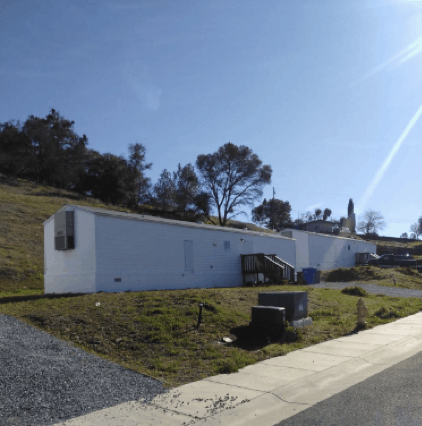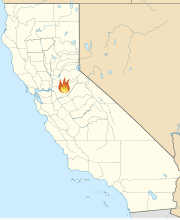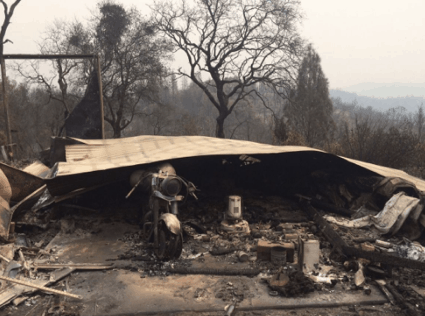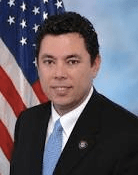
In Calaveras County, California, the Butte Fire had a significant impact on the area, putting a number of area residents into temporary Federal Emergency Management Agency (FEMA) housing.
Eighteen months later, some residents are still in their FEMA homes, looking for permanent housing. And now, FEMA says they are out of time.
According to the Calaveras Enterprise, the families will have to make the decision on whether or not they want to continue to stay in the homes or pack up and move, as the 18-month housing assistance deadline is coming up later this month.
“The initial deadline, March 22, was extended via a state request to Sept. 22 for homeowners who have struggled to find permanent housing. However, during that period, homeowners are required to pay rent based at fair market value for each unit,” said Kelly Hudson, a FEMA spokeswoman for the region.
For resident Camille Green, the news is particularly difficult given her circumstances due to the fire.
“Total wipeout, completely wiped out,” said Green. “Everything, completely everything. I didn’t even get my birth certificate out. Just grabbed anything with a heartbeat.”
And that makes the news from FEMA hard to swallow. Green relies on social security and has limited room for things like moving in her budget.
“It’s almost two years later and I’m still in a FEMA village,” said Green. “They are basically saying pay or get out.”

Resident Barbara Zelmer lives near Green and faces a similar situation, including healthcare and rebuilding costs for her lost home.
“If I pay rent here, it’s going to put me on a deficit,” said Zelmer. “It’s going to put me in debt. If I have to pay rent here, I won’t be able to rebuild.”
“If I use the money I have and put it toward rebuilding (the money I received from the government) or if I use that toward rent, I’ll be rendered homeless either way if I don’t do something,” said Zelmer.
Green says that, as an owner, the idea of paying rent does not make sense.
“I have to pay those land taxes no matter what I’m at,” said Green. “I don’t have the funds to pay for my land out there and stay somewhere else.”
Green is considering getting a simple home and putting it on her land.
“I’m stuck between a rock and a harder place. I can get along. I can haul water there, but I’m getting older and I’m not in good health, so at this point, I cannot get out there and take care of myself properly.”
Zelmer agrees, and says that living in a FEMA unit isn’t high on her list of things to do.
“To pay $800-or-something a month when I own my land?” asked Zelmer.
“I shouldn’t have to pay rent; I’m an owner. I just need help getting home.”

Even with the challenges, both Green and Zelmer are hopeful that they will be out of the FEMA homes and back onto their land, with newly built homes, well before the FEMA deadline.
“We want to go home. Don’t get me wrong, I’m grateful to have this place, but as you can see, it’s not very homey, and I did that on purpose; it’s temporary housing,” said Green.
“The land still calls me and I will go home, and I will have a good life there. But as I look out across the valleys, my property is forever changed, no way to get around that.”

For more on the challenges that FEMA faces in delivering services, including the case of House Committee on Oversight and Government Reform (HOGR) chairman Rep. Jason Chaffetz (R-UT) demanding answers after discovering a slew of problems with FEMA’s use of post-disaster temporary housing in Louisiana, click here. ##
(Image credits are as shown above.)

Submitted by RC Williams to the Daily Business News for MHProNews.

























